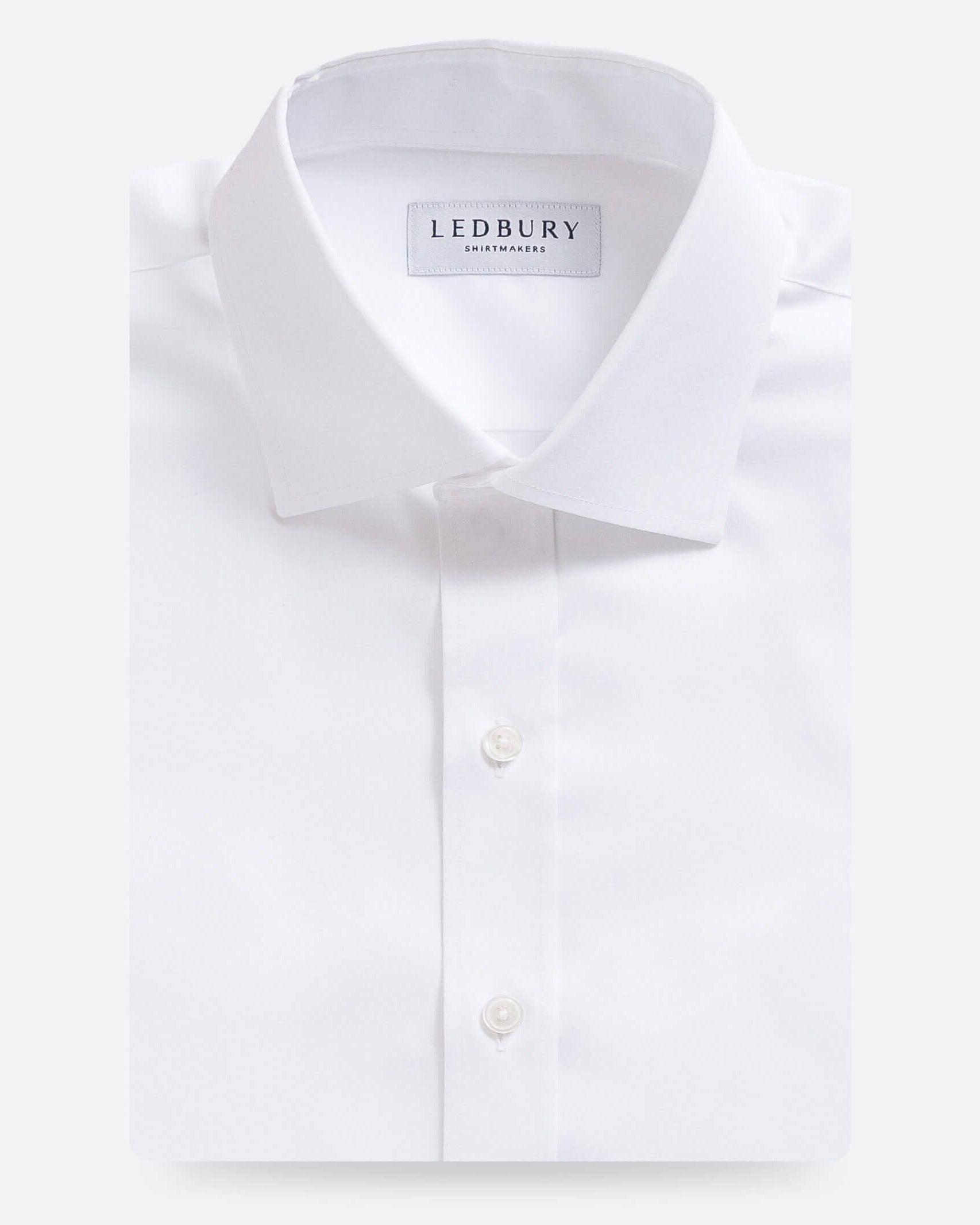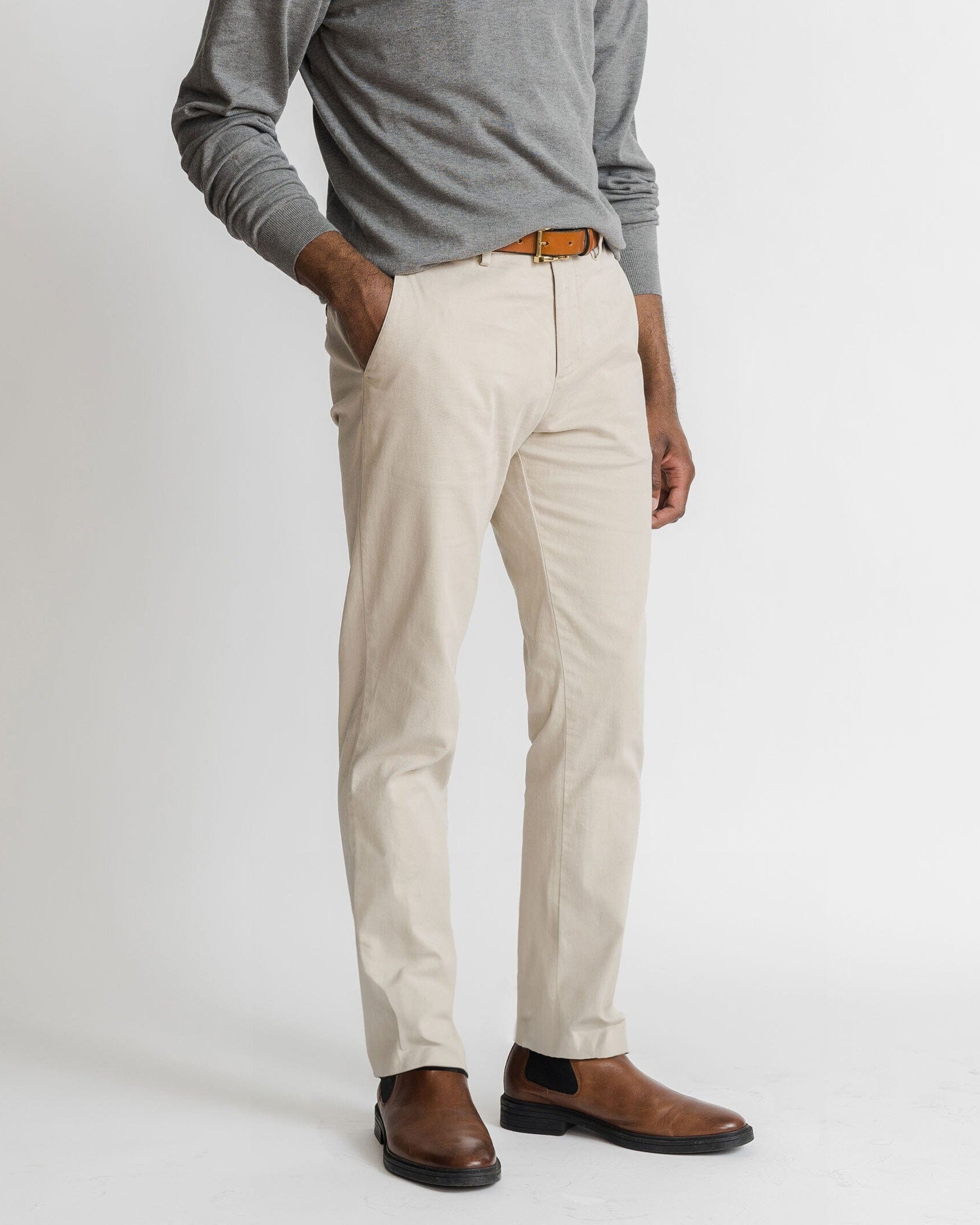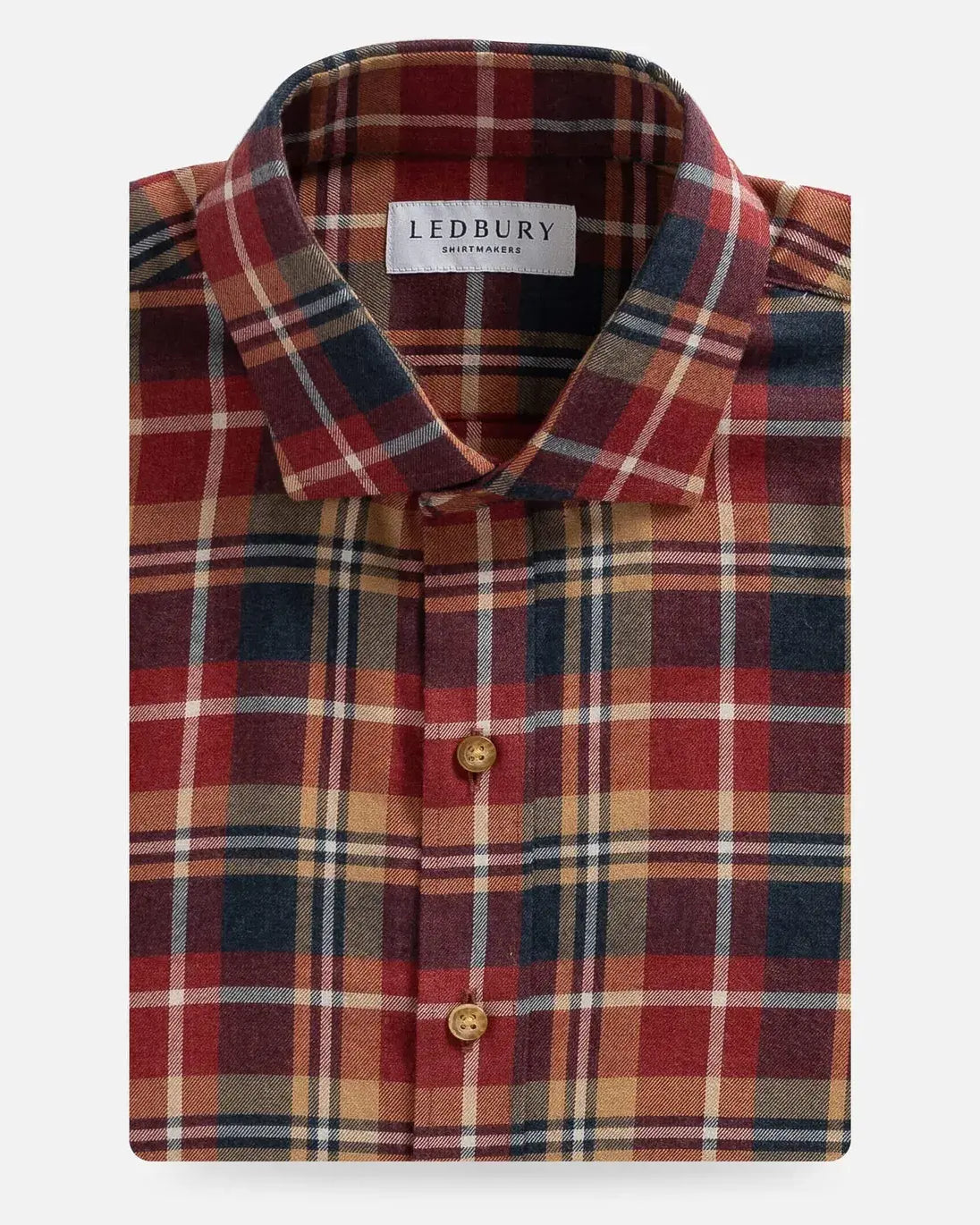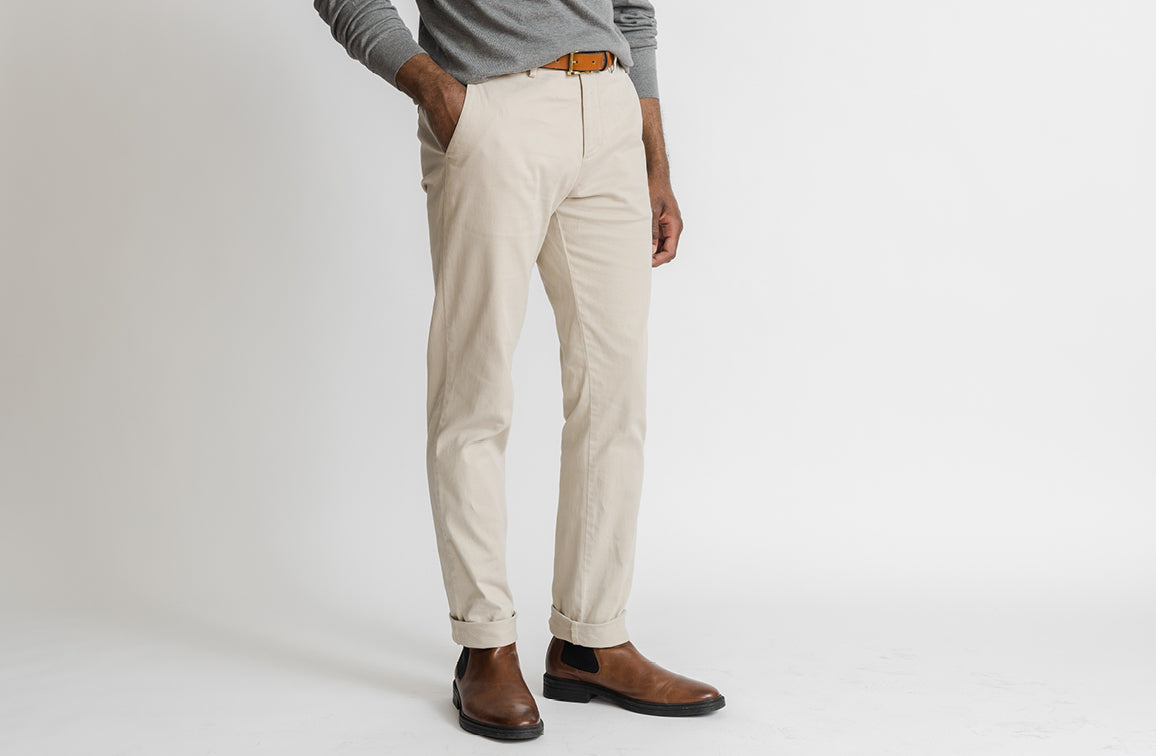The third Thursday of November is most commonly known amongst wine enthusiasts internationally as “Beaujolais Day,” a celebration of the date when Beaujolais Nouveau is released worldwide each year. Many people are familiar with Beaujolais Nouveau - it’s fairly light, easy to drink, typically fruity, and is meant to be drunk somewhat immediately, opposed to being stored to age. The real misunderstanding when it comes to Beaujolais is that consumers sometimes don’t realize that there is great Beaujolais that is made to the same standards as other well-respected regions’ wines — namely the Burgundy region, which Beaujolais is technically within. We spent the third Thursday of this November with Booth Hardy of Barrel Thief Wine Shop & Cafe to learn the complexities of serious Beaujolais. According to Booth, “It's a very versatile and delicious wine that doesn't get much respect."
Beaujolais Nouveau is the young release of the previous vintage, so grapes harvested in September-ish are fermented and bottled for release in late November. The technique of carbonic maceration used to produce Beaujolais Nouveau leaves berries in tact throughout the carbon dioxide-rich fermentation process, creating a really fruity style of wine. With Nouveau popularizing the region, more serious vintages tend to fly under the radar when it comes to perception of Beaujolais.

The Gamay grape varietal used to produce Beaujolais is incredibly dynamic, possessing distinctive qualities specific to the soil where the grapes are grown. Because of the variety and diversity of Beaujolais' soils, the best wines of the region are named after 10 specific Crus, or villages, as opposed to simply Beaujolais: St-Amour, Juliénas, Chénas, Moulin-a-Vent, Fleurie, Chiroubles, Morgon, Régnié, Brouilly, and Côte de Brouilly.
One of the highlights of our Beaujolais tasting was a delicious 2012 from the Juliénas Cru. Juliénas is one of the more structured Crus, with tannins and longevity more similar to wines from the Burgundy region. However, the red grape varietals are different in Burgundy and Beaujolais — Pinot Noir for Burgundy and Gamay for Beaujolais. Gamay will never reach the pinnacles of quality that Pinot Noir has and does, but it can be an extremely delicious substitute that won’t burn a hole in your pocket. Booth shared some insight with us about the most prestigious wines on the market right now to put things in perspective, "The three most expensive wines in the world right now are from Burgundy, the top being Henri Jayer's Richebourg which is averaging $15,195 per 750mL bottle over the last few vintages. I've never seen a Beaujolais cost more than around $80 a bottle.” Moral of the story? Respect the serious side of Beaujolais.

Full Beaujolais Tasting Menu, Hosted by Barrel Thief. Featuring Williams Corner Wines and Potomac Selections.
1. Jean-Paul Brun 2015 L’Ancien Nouveau
2. Jean-Paul Brun 2014 L'Ancien
3. Chateau Cambon 2014 Beaujolais
4. G. Descombes 2013 Regnié
5. Edmunds St. John 2013 Bone Jolly (Gamay grown in California)
6. Cheveau 2012 St. Amour “Les Champs Grilles"
7. Chapelle de Bois 2013 Fleurie “Grand Pre"
8. Pascal Granger 2012 Juliénas “Cuvée Speciale"
Photography by Jeff Ocampo.











